5 proven ways to measure spatial learning in rodents
What is spatial learning, why is it important and how do we measure it? Here we dive into 5 different behavioral tests that specifically measure spatial learning and memory in rodents.
Posted by
Published on
Thu 29 Jul. 2021
Topics
| Behavioral Research | EthoVision XT | Learning And Memory | Neuroscience | PhenoTyper | T-maze |
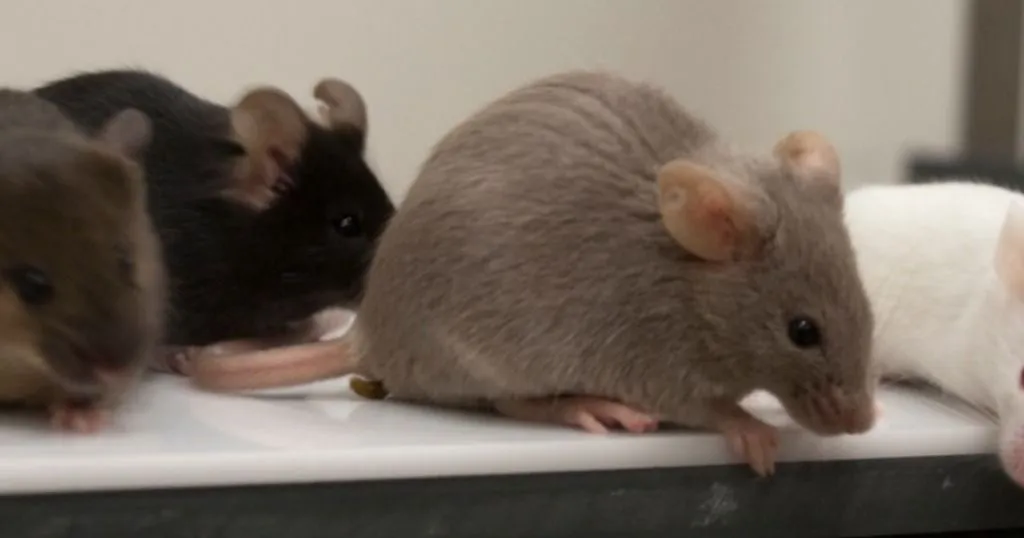
Imagine your local supermarket having a complete renovation. Coming into the new and improved store, you suddenly have to deal with finding your favorite coffee or cereal again. A task that used to be easy, even mostly on auto-pilot, needs to be completely re-learned. This is where spatial learning comes in.
What is spatial learning?
Spatial learning basically refers to the association or representation of an organism (you) in a three-dimensional environment (the supermarket). If we translate this to basic animal research terms: An animal learning its position in a given space. This task highly relies on visual cues and/or landmarks, whether in humans or animals.
Why is spatial learning relevant in neurosciences?
Apart from being very practical to be able to find your favorite coffee, spatial learning is vital for humans and animals alike. In humans, spatial learning is an important form of declarative memory, which refers to remembering names, places, events etc. (also called working memory). This is accompanied by fast processing in the brain: new information can be encoded after a single event, however also forgotten within minutes, hours or days.
The weakening of this working memory, executive function and processing speed in humans can also be classified as cognitive decline. This can be age-related, linked to dementia such as Alzheimer’s disease or even due to traumatic brain injury. Impaired memory (formation) is usually associated with a decline in hippocampal functioning.
The role of the Hippocampus
Spatial learning is primarily processed in the hippocampus, which is very dependent on neural plasticity: the capacity of a network to modify its existing connections. This plasticity generally decreases with age and underlying to this are changes in synaptic strength: weaker connections (less repeated input) are retained for a shorter amount of time than stronger connections (more/longer repeated input).
Measuring of spatial memory, essentially ‘probing’ the functioning of the hippocampus, can thus serve as a very important diagnostic parameter of cognitive decline. In rodents, this form of cognitive assessment is brought back to very basic reactions of the animal, such as identifying a novel or familiar object, or finding a specific location in a walled-off area.
Morris water maze
The latter is exactly what Richard Morris intended to measure in the Morris water maze in 1981: a tool to assess spatial learning and memory in rodents. Although it is not shaped as a maze, but rather a round arena filled with water (much like a swimming pool for rodents), the learning and retrieval process does resemble the workings of a maze.
Completing the “tasks” in a Morris water maze is highly incentivized by the need to escape cold water. This requires complex navigation skills, which is exactly what researchers are looking for when measuring spatial learning in rodents.
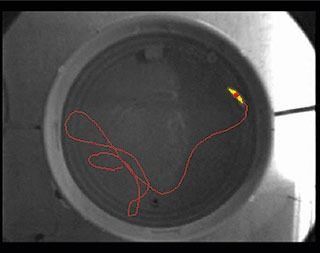
A variation of the Morris water maze task is the Cincinnati Water maze, which has a much more complex pathway to the escape platform. It also relies more on internal cues, as opposed to external cues in the Morris water maze (check out this blog on this topic!).
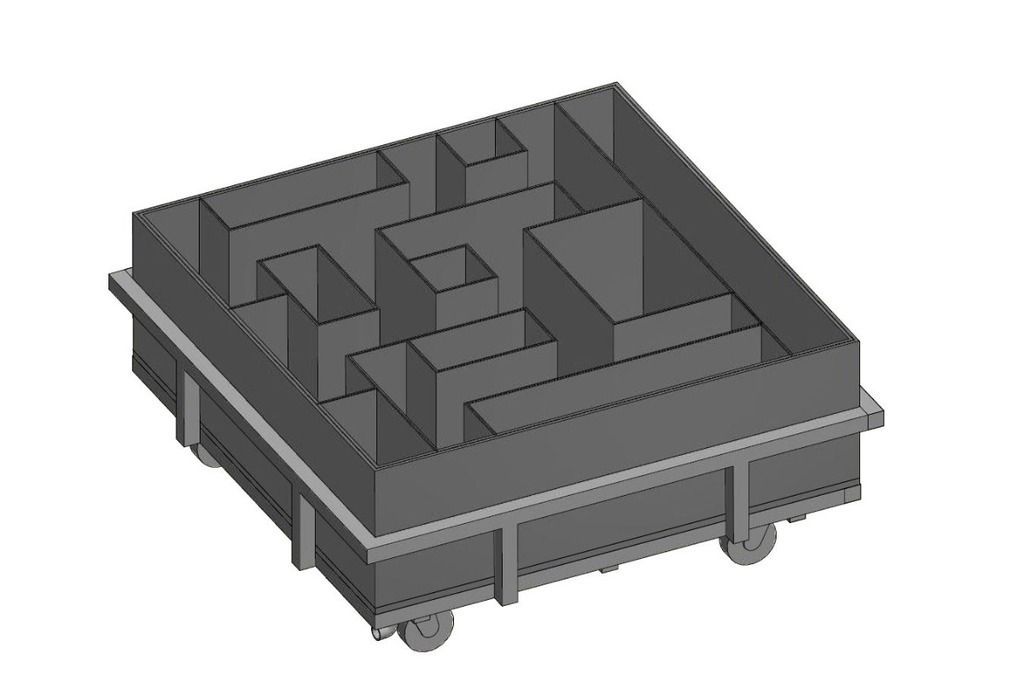
Barnes maze
Developed by Dr. Carol Barnes in 1979, the Barnes maze makes use of the same navigational paradigm as the Morris water maze. This maze however consists of a brightly lit circular surface with up to 20 circular holes around its circumference.
The animal must learn over a number of sessions that there is an ‘escape box’ present under one of the 20 holes. Though similar to the navigation and escape task in the Morris water maze, this task is incentivized by the rodents’ aversion of open spaces compared to the need to escape cold water, which is a crucial difference between these two mazes.
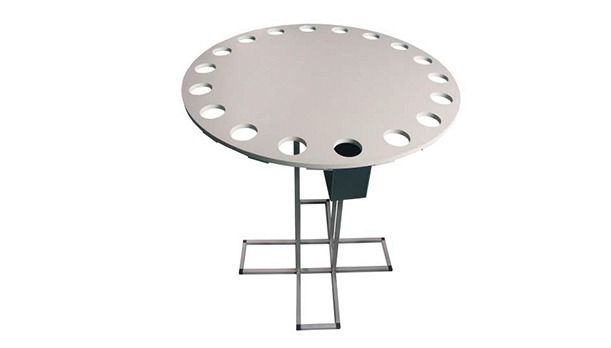
Y-maze
A Y-maze (like a T-maze) is also often used to investigate spatial learning in rodents. The benefit of this maze is that the test is generally easy to learn, thus making it very time efficient. Also, its small size makes it very easy and fast to set up in virtually any testing chamber.
Decision making, and consequently learning, in the Y-maze is incentivized by placing a reward at one of the ends of the maze. The animal then learns this position of the reward. After this training this results in an output based on the amount of time it took for the animal to find the correct arm, or the number of mistakes it made. Check out this blog post on the Y-maze!
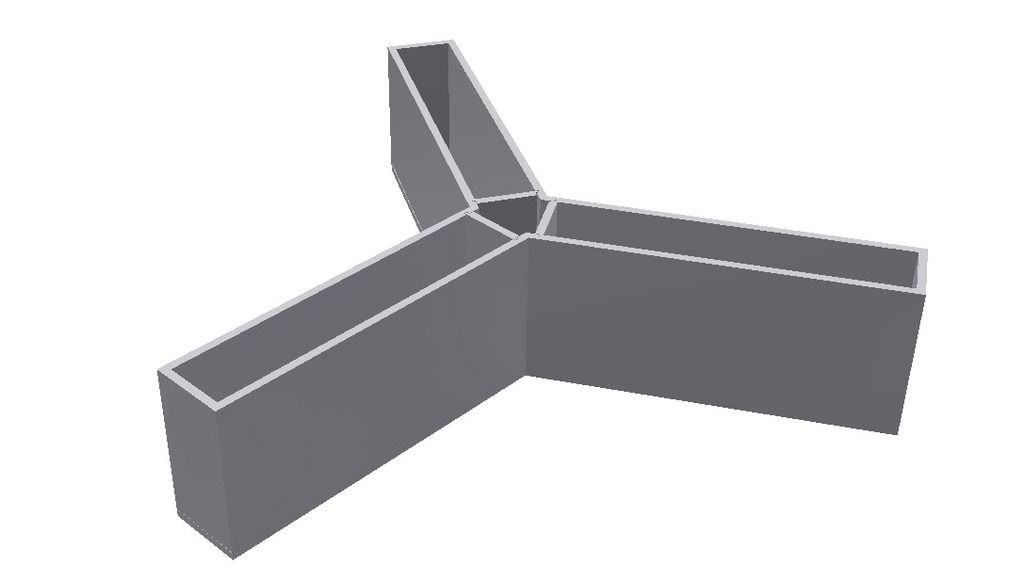
Radial arm maze
First designed by Drs. David Olton and Robert Samuelson in 1976, you can’t help but notice the similarities between this test and the Y-maze.
In the radial arm maze animals are, like the Y-maze, incentivized by the presence of a reward in an arm of the maze. The animal however has 8 arm choices in the radial arm maze as opposed to 3 in the Y-maze. This serves as a great tool for testing “serial learning”, which is a term to describe how we learn and recall lists or other sequential information.
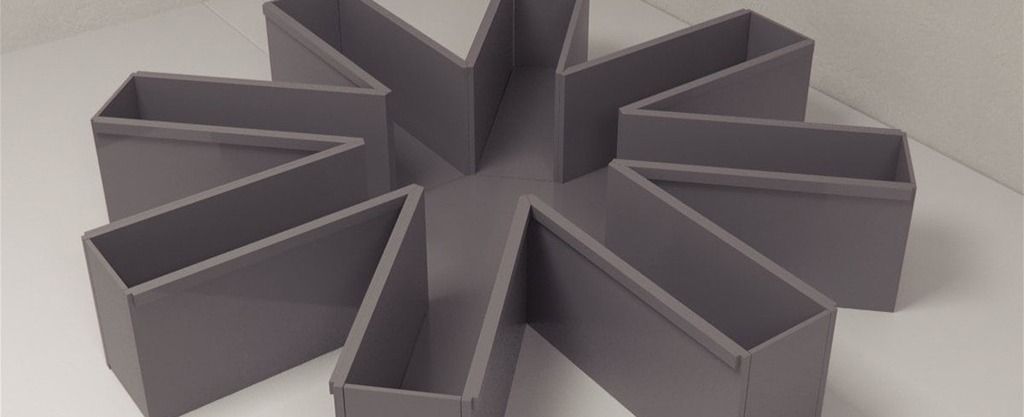
Spatial object recognition (SOR) test
This final test we describe is different from other spatial learning tasks because it does not rely on motivational cues like ‘escape’ or ‘reward’, but rather the innate curiosity of rodents to explore novel objects in their environment.
In the spatial object recognition task the animals are trained, usually in an open field or PhenoTyper box, to a specific set of objects that are placed in specific areas of the arena. 24 hours after this training one of these objects is moved to a different location in the arena. The difference in the time spent exploring the moved versus unmoved objects can then be used to assess the mouse’s spatial memory.
Hardware and software
Noldus offers a wide range of mazes and arena’s, including all of the ones named above, which are fully customizable to the user’s needs. EthoVision XT serves as the engine behind these tests, making the quantification of spatial learning and memory extremely efficient and reliable.
Do you want to get some in depth tips and tricks how EthoVision XT is used for this? Then stay tuned for our upcoming blog! Our colleague, Dr. Colleen McSweeney, will give valuable tips and tricks to analyze spatial learning in the Morris water maze using Ethovision XT.
Related Posts
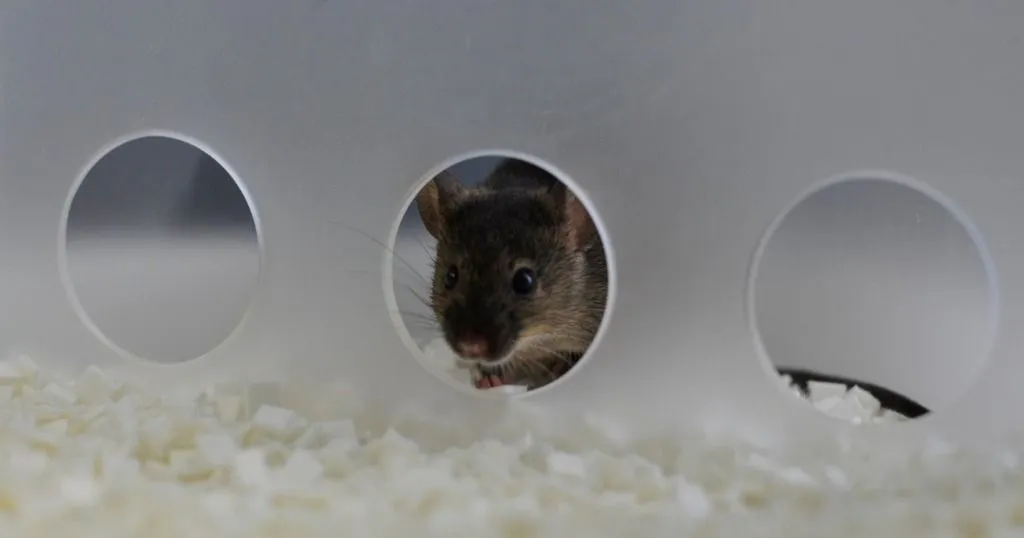
Unlocking the link between CNS infections and cognitive decline
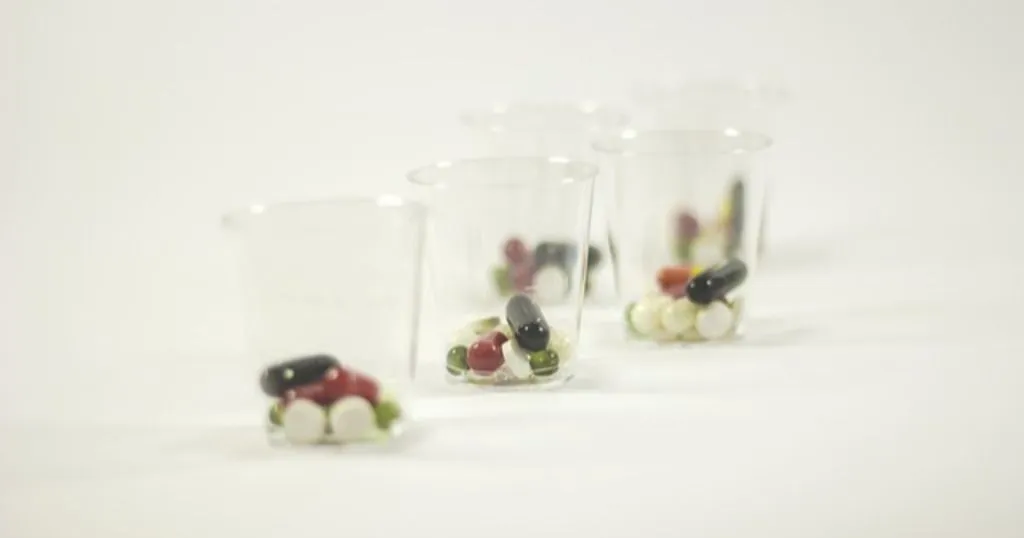
What is a placebo? And how does it work?

